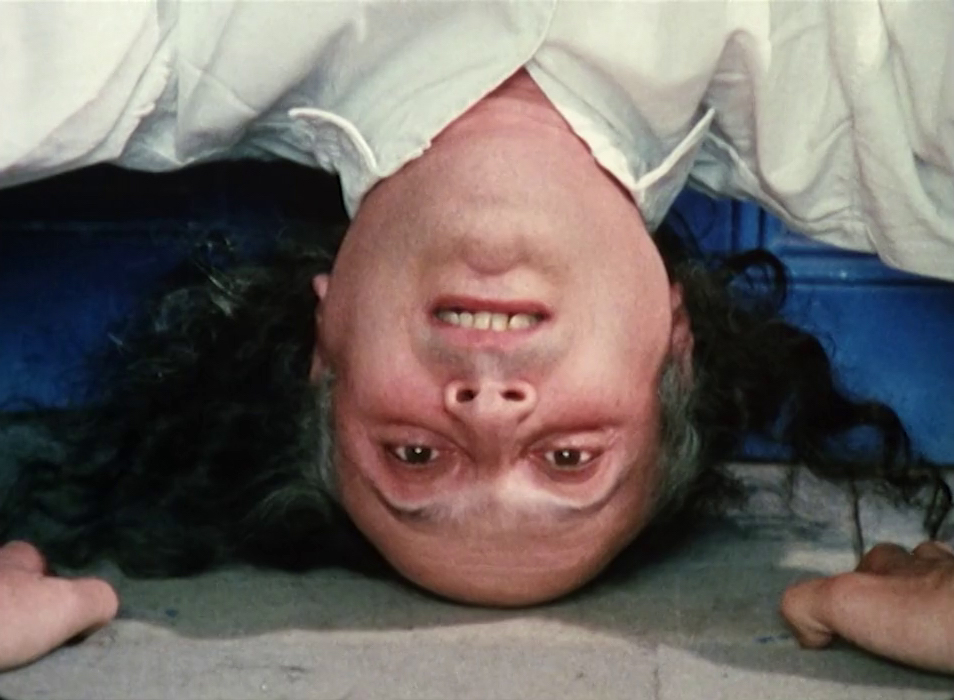Why Boris Lehman Makes Fiction Films

In my films – as you will have noticed, if you’ve really watched them – there are no handheld or shoulder shots. Everything is filmed strictly on a tripod. Fixed shots, therefore, as a rule. And if there are camera movements, they are invariably carried out with the help of a dolly on rails, or by means of a crane. Why? It’s not just a director’s whim. Quite the contrary, it’s a desire for mise-en-scène, to mark out a field for the action to take place. A clearly framed space that allows me to control all the movements within the shot and to direct the characters within the boundaries of the frame. It’s as much a work of fiction as can be.
It is said that Boris Lehman works on the border between documentary and fiction. But I don’t give the floor to the excluded, the marginalized, the insane, at least not directly. I don’t do any reporting. There are no interviews in my films. On the contrary, I work on the form – the I form – and on narrativity, experimenting with new ways of telling stories. So, in the end, I tell stories. Of course they’re not academic scenarios as imposed by the co-production system. And I don’t often work with professional actors either. But Tati or Bresson and many others did that before I did.
In fact, with me, fiction is always immersed in documentary, which sometimes even feels ethnographic, because I am very interested in everyday gestures, human rituals, all the small details reflecting humankind’s place in the world. This is the case for many filmmakers, from Rossellini to Kiarostami, from Pasolini to Eustache. For these filmmakers, the misunderstanding or confusion between documentary and fiction cinema never occurred. I would go even further and claim that Vertov and Flaherty, the so-called fathers of documentary cinema, also made fiction cinema, just like Eisenstein. And this is especially true because they possess a certain style, a point of view, a personal way of filming.
Perhaps my work is more akin to that of filmmakers like Chris Marker, who practise a sort of hybrid cinema that borders on the cinematic essay, straddling philosophy, fine arts and poetry.
It would never occur to anyone to say that the work of Borges, Pérec, Greenaway, Raúl Ruiz, Boltanski, Paul Auster or Pessoa, all of whom I resemble in more than one way, is documentary.
My films are like fables, and reality is their backdrop. They imitate the simple form of a diary, they are autobiographical, since they often deal with a quest for identity and a search for origins, and I often appear in them as a subject and as a character. But this quest and this search are always fictionalized, scripted and staged, as shown in Couple, regards, positions and Babel, and my most recent films: A la recherche du lieu de ma naissance and Leçon de vie.
This text originally appeared as ‘Pourquoi Boris Lehman fait un cinema de fiction’.
With thanks to Boris Lehman.
This text is published in the context of the online première of À la recherche du lieu de ma naissance (1990) and Mes entretiens filmés (1998), tonight at 20:30 on Avila. On the occasion of this release Sabzian translated two texts, ‘Why Boris Lehman Makes Fiction Films’ and ‘A Second Century for Cinema The Films I’ve Made and Don’t Exist’ into English. Sabzian previously published an extensive dossier on Boris Lehman's cinema which is available in Dutch and French. You can find more information on the event here.

